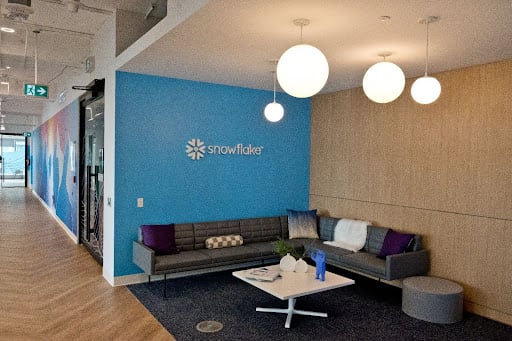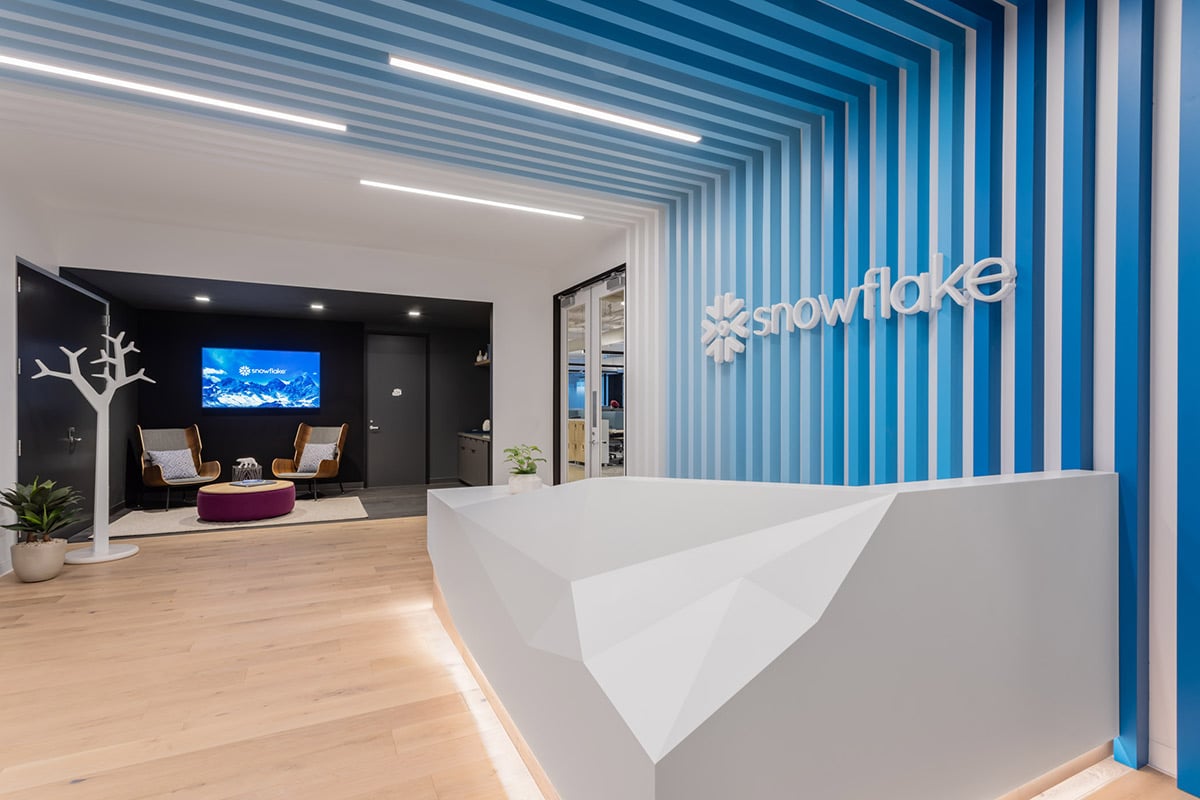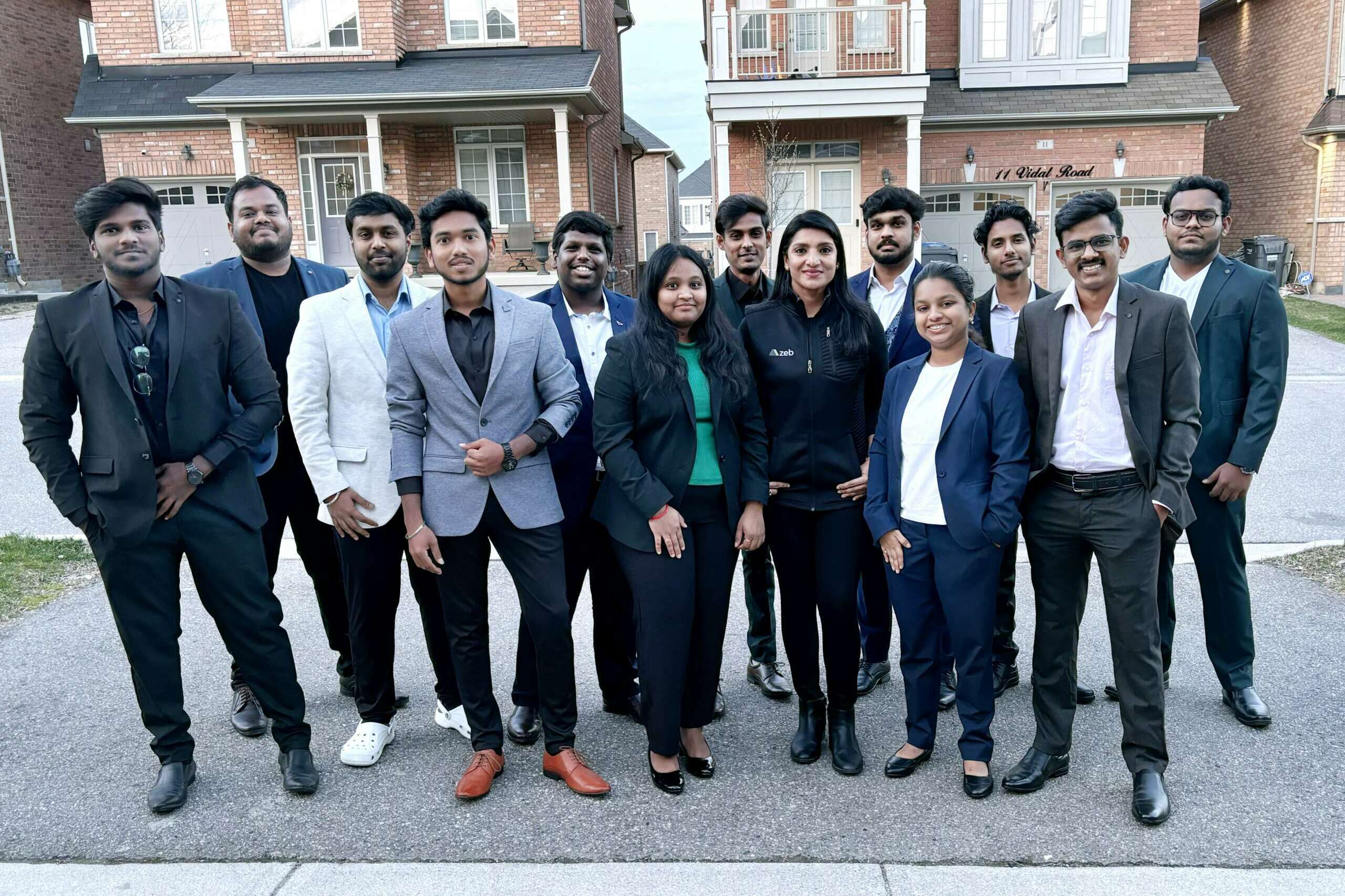Image source: Changing Lives in Canada
ProsFit is a company that leverages digital technology to improve the fitting of prosthetics for people with limb loss. Founded in Bulgaria, ProsFit’s customers have fitted over 500 people around the globe – including in several European countries, Singapore, Australia, Kenya and Rwanda, and more recently Canada – with prosthetics to improve their mobility, and quality of life. ProsFit is providing an alternative to the conventional manner of obtaining a prosthesis, allowing patients to get fitted anywhere, including at home, greatly reducing the time and challenges associated with the traditional process.
As a pioneer in the industry, ProsFit is disrupting the life sciences, medical, healthcare and tech industries with an advanced, modern and socially impactful mission of providing personalised mobility solutions. Now, ProsFit is expanding its development to Canada and the Toronto Region. We sat down with the CEO, Alan Hutchison, to hear about the past, present and future of the company.
Q: What are the advantages of using ProsFit’s solution to fit prosthetics?
A: Isn’t it ridiculous that someone with no legs has to travel all the way to a clinic to get prosthetics? ProsFit’s solutions allow prosthetics provision and rehabilitation anywhere, including at home. And, all this with significantly improved “time to comfort” and “cost to comfort”.
The efficiency and remote capabilities also reduce the overall carbon footprint in the process. It requires less material and energy to create a prosthetic socket through ProsFit and patients don’t have to drive far distances to get the help they need.
Q: What led you to this line of work?
A: My son had an accident in 2009. He fell under a train in Switzerland and lost both his legs. After that, we moved from Switzerland to Bulgaria, where in 2014 we decided to start the company.
In 1981, I graduated from Oxford University and worked on the development of something called the “Oxford Knee”, using so-called computer technology to measure the performance of the knee, figure out how it interacts with bone tissue, and more. Now, after Christopher had his accident, I was watching him get plaster on both legs to fit him for prosthetics and I thought, “Hold on, in 1981, we were using computer technology to do this. Why is no one doing that today?” And that led to ProsFit.
When you face adversity, you have choices. And we made a choice to drive positive change. Christopher is now the Chairman of ProsFit, and my boss; we co-founded the company together. He’s the one who came up with the technology solution.
What are your plans for the Toronto Region?
A: What we’ve done already is shown that we know how to fit amputees. We are outperforming industry benchmarks by 80 per cent! What we are doing here is developing a next stage technology solution, focused on keeping amputees mobile after they’ve been fitted.
In 2020, we won the Toyota Startup Award by Toyota Motor Europe (TME). We’re now collaborating with Toyota Mobility Foundation, which funded us in 2021 to fit 60 amputees in Bulgaria, with 60 per cent at home. We’ve clearly shown that it’s possible to fit amputees right without them having to travel. We’ve also learned that, because people have prosthetics today that don’t fit well, and are not well suited for their mobility needs, they are abandoning the use of them. This is a crying shame.

What we’re doing in Toronto is a second project with Toyota Mobility Foundation (TMF), in which we are developing a new solution to monitor the mobility of amputees, understand the potential to improve, and predict the necessary interventions. We use video capture, data and AI technology to assess and improve the mobility of an amputee, reduce falls risks, and drive engagement.
Again, much of the improvement of an amputee’s mobility can be done at home. In other words, you could take a video of someone walking, upload the clip through our app, and a doctor will use both experience and AI to assess the video and quickly be on their way to meet the person’s needs at home. This project is called “digital double.”
Q: How will you be building your team in Canada? How many people?
A: In terms of employing people, once we start to get people fitted with prosthetics, that’s when we will build a team of ten to fifteen people. It’s not a big number, but it will enable a huge social impact.
In the world today, there is a 60 per cent shortage of prosthetists, the clinical professionals who are trained to fit prosthetics. They are also supported by prosthetic technicians who they supervise to manufacture and assemble the prosthetics. Here’s what we are looking to do: leverage the existing resources using digital technologies, allowing them to fit many more amputees than they do today. We also plan to find smart young people who have other roles in healthcare delivery, and train them to use our solution to fill the remaining gap. This is what we call “task shifting.”
These people could be trained in kinesiology, community nursing, physiotherapy or anything relevant and applicable. We are looking for people who have the right attitude, because we recognize that everything else can be learned. A person who is passionate about giving people their mobility back and comfortable working with people with limb loss, who is committed to making a true difference in the lives of amputees and their families.
Q: What are your thoughts on DEI (Diversity, Equity, and Inclusion)?
A: There has been a huge shift to improving the diversity and inclusion of different ethnicities and genders, but I haven’t seen a lot of focus on the needs of amputees or anybody with mobility challenges. We think, through showing what’s possible, and some conferencing, we can get more people thinking about the accessibility issues in places like professional offices, and various workplaces – ultimately making our society more inclusive of people are disabled. – Bill Hutchison, consultant
Q: Why did you choose the Toronto Region?
A: Since 2019, we have been collaborating with a major public hospital in Toronto, allowing us to get to know the environment and challenges, ones we believe our current solution can easily address.
Ontario has a dispersed population, with many amputees living in communities outside the city, not able or willing to drive long distances to see their prosthetist. We see the opportunity to fit them in their communities or even in their homes, stopping them abandoning their prosthetics, and keeping them mobile and active.
We also saw Toronto as a location for the development of our digital double telehealth solution. Effectively developing such a solution requires building collaboration with partners, which we also found in the Toronto Region. We have recently kicked off this project with great local research and development partners, again with the engagement of TMF.
Q: How was your experience with Toronto Global?
A: Brilliant! Organizations like Toronto Global play an important role. As a new company in Canada, you don’t know what resources you have at your fingertips. Toronto Global is a hidden champion of the local establishment.
At the end of the day, growing the business is about money, and if you take a wrong turn, you are going to burn resources. An organization like Toronto Global can help build the upside potential while also managing the downside risk. When you go to a new country, the risks are enormous.
Q: Any last messages for the audience?
A: The fitting of amputees with prosthetics to enhance mobility is an investment, not a cost. Health economics analysis shows that spending $1,000 on fitting an amputee can deliver up to $30,000 back to the economy at GDP level.
Social and economic integration of amputees has a positive impact for many stakeholders – first and foremost, the amputees themselves. Our vision is to provide healthy active living for all.
We’re changing lives. Please join us.




